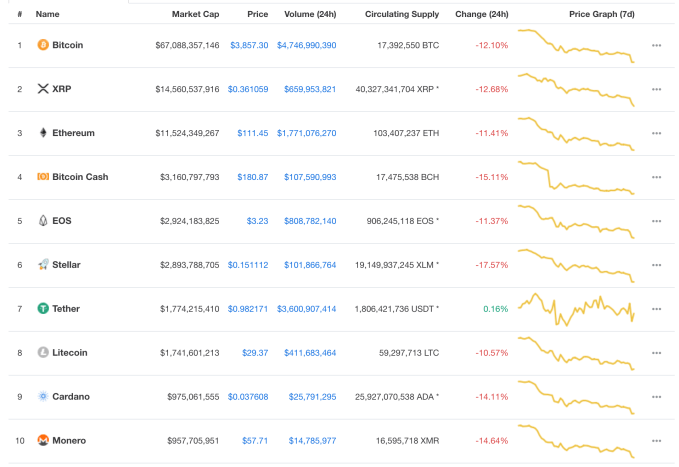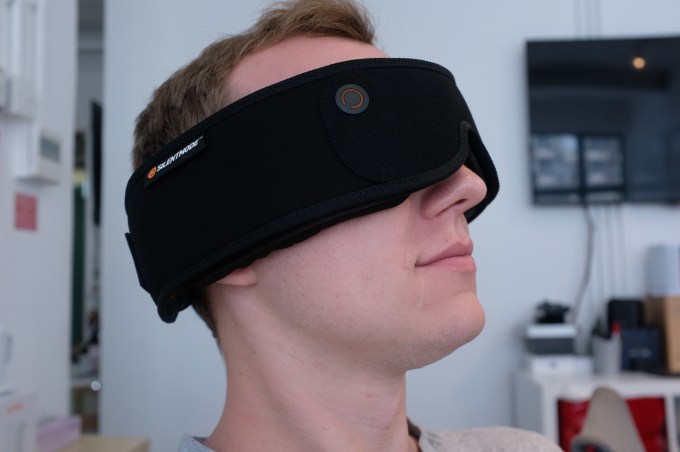What can we learn from DETECTIVE CHINATOWN 2? Quite a lot, actually. The 11th biggest box-office hit of the year, it vastly outgrossed the likes of SOLO: A STAR WARS STORY, A STAR IS BORN, and CRAZY RICH ASIANS. You may never have heard of it, though; like OPERATION RED SEA, the 10th biggest hit of the year, it made all of its money in China.
What can a slapstick-meets-Sherlock-Holmes comedy tell us about technology? Quite a lot, if we read its subtext. One striking thing: it’s hard to think of any big recent American movie in which smartphone apps are so woven into the plot. The movie’s characters are brought together, and constantly reference, are brought together by one smartphone app; when imprisoned, our young genius Chinese detective laments, most of all, the loss of his phone; and when its blue-haired woman hacker asks the protagonist, “add me on WeChat?” early on, it seems like a cute throwaway line, but their WeChat conversations are fundamental to the plot as the movie progresses.
It’s also striking that Western tech has become so hegemonic that it actually seems slightly jarring to see characters using a chat app which is not iMessage / FB Messenger / WhatsApp. The Internet proper may be globally pervasive, at the TCP/IP level, but we live in two different online worlds; one of Facebook / Google / Amazon, and one of Tencent / Baidu / Alibaba, with Apple as the only company which seems to be bridge both worlds. This extends to payments, too; I was in China earlier this year, and was struck by in how many places — including McDonald’s! — Visa and Mastercard were useless, and the only viable Western-origin payment method was Apple Pay.
It’s easy and obviously somewhat correct to blame the Great Firewall for this. (Although the West is not without its own firewalls; I’m in Paris as I write this, and my attempt to read some back-home San Francisco news was just met with the “451 Unavailable for Legal Reasons” response pictured above, presumably courtesy of the GDPR.) But Chinese apps, and Chinese hardware, have long since transcended being knockoff copies of Western technology; they do their own things now, and they often do them better.
It’s been a remarkable rise. Back in 2011, while traveling in Ethiopia, I noticed with surprised curiosity that my hotel’s wi-fi was all run by a stack of Chinese hardware and software; seven years later, here in Paris, I keep passing glittering posters twenty feet tall extolling Huawei’s latest smartphone.
As China rises in power, it and America seem to increasingly see one another as a threat. (Again, it’s just a movie, but you can learn a lot about default cultural assumptions from movies, and OPERATION RED SEA, which is basically “BLACK HAWK DOWN meets chest-beating hagiography of the Chinese military,” ends with a cliffhanger standoff between the Chinese and American navies.) And certainly China’s government does horrifying things beyond its infamous censorship, such as interning an estimated million Muslims essentially because they are Muslim.
But from a purely technical point of view, Western online technology has — unexpectedly — become so hegemonic itself that the rampant growth of a whole different stack of apps and services is an interesting development in and of itself. For now, China’s parallel universe exists primarily within China, and doesn’t affect the rest of the world — but that’s already beginning to change, as this WeChat-in-San-Francisco-politics story indicates. As China engages more and more with the West, we’re going to see its tech overlap with ours in curious ways. May you live in interesting times, indeed.
Source: Tech Crunch









 While the federal government may not be willing to take action to curb the emissions that contribute to global warming, states, led by California, increasingly are developing legislation to mitigate or reduce carbon emissions and to create adaptation strategies for dealing with a warming climate.
While the federal government may not be willing to take action to curb the emissions that contribute to global warming, states, led by California, increasingly are developing legislation to mitigate or reduce carbon emissions and to create adaptation strategies for dealing with a warming climate.


